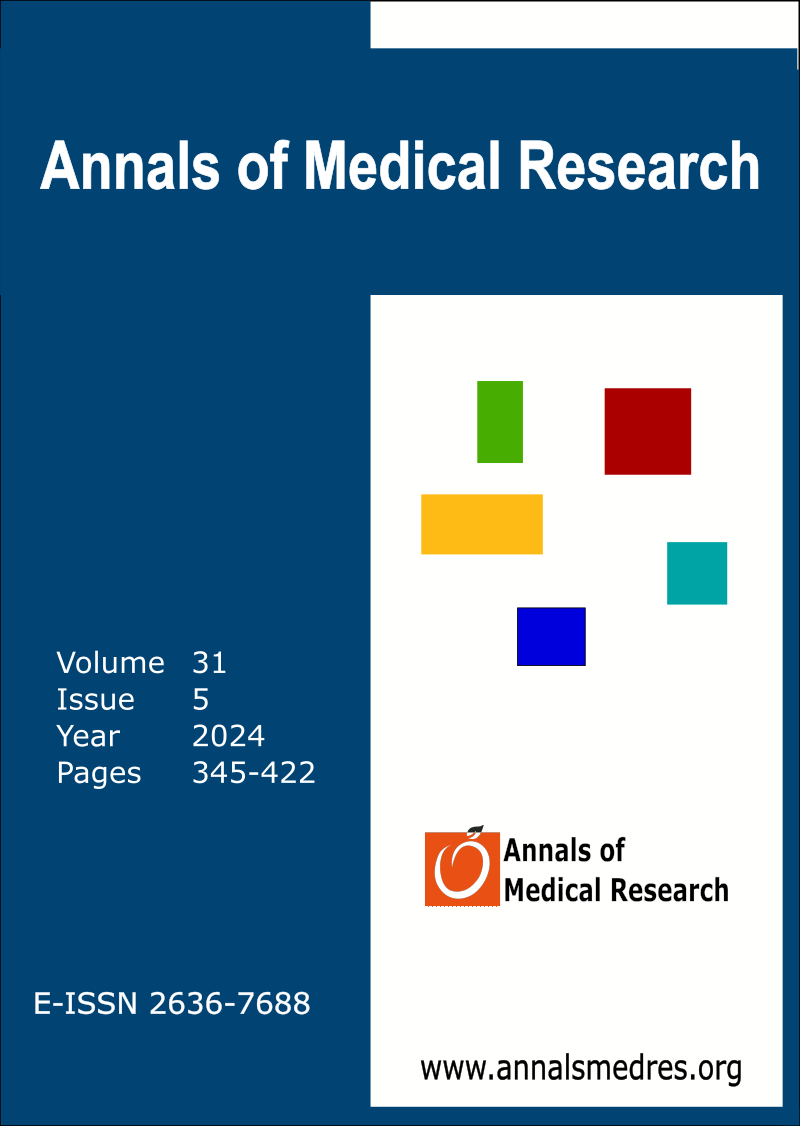Takotsubo cardiomyopathy in a patient diagnosed with postresusitation syndrome
Keywords:
Cardiac arrest, Cardiomyopathy, Postresuscitation, TakotsuboAbstract
Takotsubo cardiomyopathy (TC) is a reversible cardiomyopathy that has been known for approximately 35 years and is characterized by apical ballooning and has morphological features specific to the left ventricle. Because of its similarity to myocardial infarction, Takotsubo cardiomyopathy requires careful diagnosis and treatment for the best possible outcome. When we look at the pathophysiology of this disease, it is known that the increase in catecholamines that occurs with physical or emotional stress plays an important role. Patients in intensive care unit are at high emotional and physical risk due to intensive diagnosis and treatment protocols. Especially in patients admitted to intensive care after cardiopulmonary resuscitation, an increase in sympathetic stimulation and intravenous catecholamines due to resuscitation may cause TC disease. In this case, we aimed to describe the characteristics of TC that developed in a patient treated in intensive care after cardiac arrest, and to make its differential diagnosis and literature review.
Downloads
Published
Issue
Section
License
Copyright (c) 2024 The author(s)

This work is licensed under a Creative Commons Attribution-NonCommercial-NoDerivatives 4.0 International License.
CC Attribution-NonCommercial-NoDerivatives 4.0






